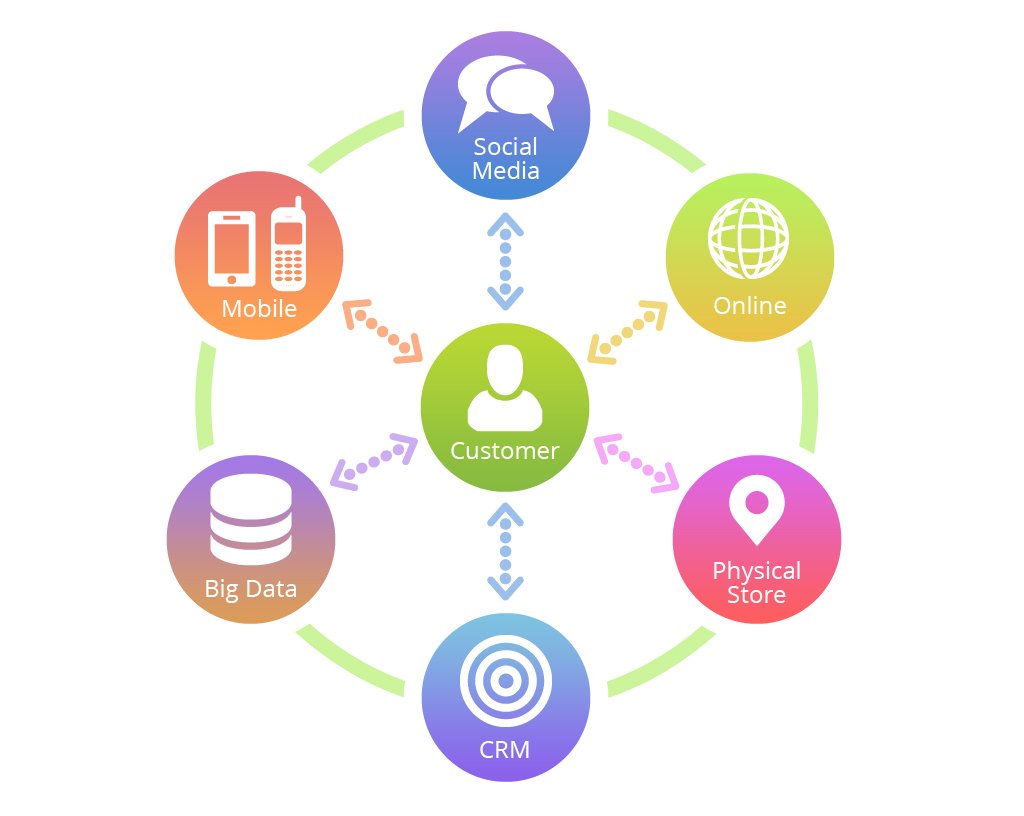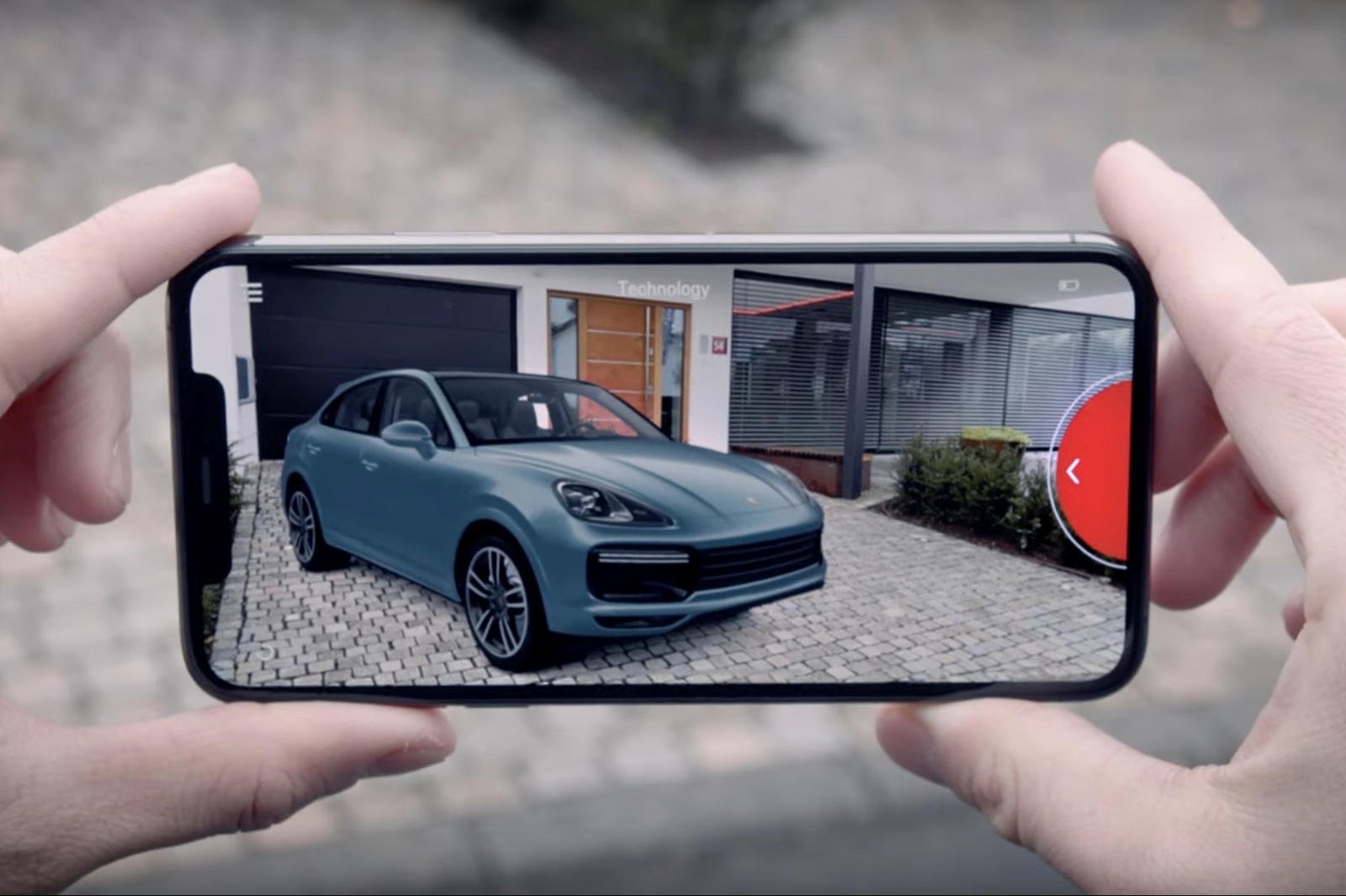Over the past 50 years, marketing and advertising have undergone remarkable transformations. Let’s take a brief journey through the decades and explore what lies ahead for 2024.
1970s: The TV Takeover
The ‘70s saw the rise of television advertising. Catchy jingles, memorable slogans, and captivating commercials captured audiences.
1980s: Direct & Personalized
The ‘80s introduced direct marketing and database marketing. Marketers used customer data for more personalized messaging.
1990s: The Digital Revolution
The ‘90s marked the dawn of digital marketing. Websites, emails, and banner ads opened new avenues to reach diverse audiences.
2000s: Social Media & Mobile
Social media platforms like Facebook and Twitter surged in the 2000s. Marketers leveraged these to engage consumers. Mobile marketing rose with smartphone adoption.
2010s: Data-Driven Personalization
The 2010s brought data-driven marketing, powered by analytics, AI, and machine learning. Personalized experiences and targeted campaigns became standard.
2020s: Omnichannel & Consumer Experiences
In the current decade, marketers aim for seamless, omnichannel experiences. Customer engagement and personalized interactions take center stage.
2024: Upcoming Trends
Now, what can we expect in 2024?
First-Party Data: Privacy concerns make first-party data essential for personalized campaigns.
AI-Powered Marketing: AI continues to transform marketing, automating tasks, analyzing data, and enhancing personalized experiences.
Video Dominance: Video marketing remains strong, especially live streaming for immersive content.
Social commerce: Shopping via social media becomes even more streamlined.
Brand Purpose: Consumers seek brands with social responsibility and authenticity.
Privacy-Centric: Privacy protection becomes crucial with transparent data practices.
Streaming and CTV: The shift to streaming and Connected TV advertising continues offering new opportunities.
The marketing landscape keeps evolving, and staying ahead means adapting to new technologies, strategies, and customer expectations. Embrace these trends to build stronger brand connections, drive growth, and continue to stay competitive in 2024 and beyond!












